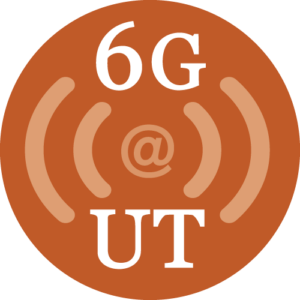The US Navy is still investigating the causes behind the two US Navy collisions in the past two months. Many theories have been put forth, including GPS spoofing or jamming. Experts suggest that it is highly unlikely, but not impossible.
GPS spoofing and jamming attacks are possible and have been demonstrated. GPS attacks likely caused ship navigation malfunctions in the Black Sea this summer where many ships suddenly reported that they were located inland Russia. Professor Todd Humphreys of the University of Texas successfully demonstrated such an attack in 2013 when he and his group of graduate students hijacked the navigation of a state-of-the-art yacht.
With regard to the US Navy ships, Professor Humphreys believes that the evidence is not indicative of GPS spoofing. Read the full article featuring Professor Humphreys.








